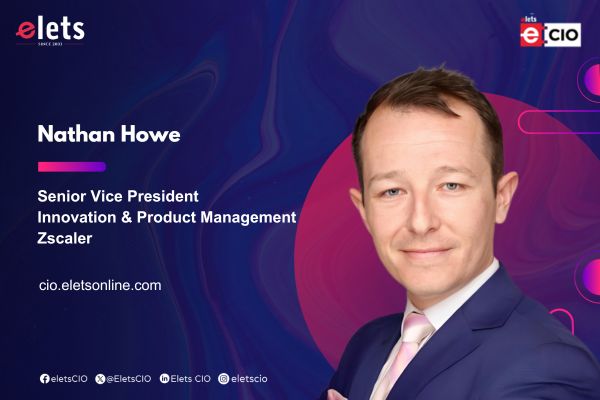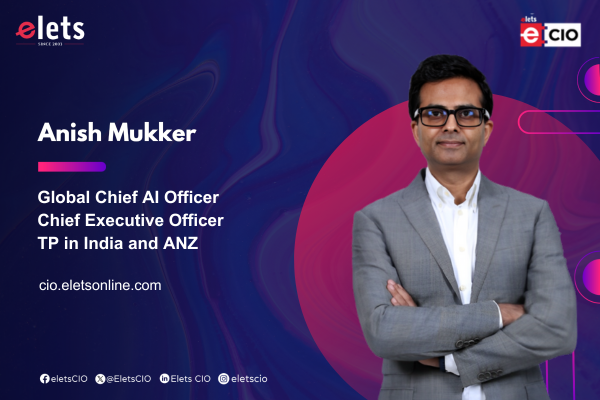
In the current digital ecosystem, businesses run on data, automation, and cloud platforms. As technology becomes more central to operations, the risks also grow. Every click, login, and interaction can open a new door for cyber threats. Hence, protecting digital infrastructure isn’t just an IT concern but a business priority.
Cybersecurity today is not just about firewalls and software updates; it’s about people. Attackers often target human behaviour, which can lead to cyberattacks such as phishing emails, ransomware, and DDoS attacks, as well as social engineering. In this landscape, the strongest defence is a well-informed and empowered workforce that can recognise and respond to risks in real time.
To truly build digital resilience, enterprises must invest in educating their organisation on cybersecurity at every level, from frontline employees to leadership teams. By turning people into active participants in security, organisations can better protect their operations, earn customer trust, and stay competitive in an increasingly connected world.
Security is not just a technology problem; it’s fundamentally a human problem. According to a Cloudflare report, cybercrime costs are projected to reach $10.5 trillion in 2025. For organisations to keep up, they need to understand the threat landscape they face. The majority of cyber incidents can be traced back to a simple human error, such as clicking on a malicious link, using a weak password, or misconfiguring access controls. This is where education plays a crucial role. Empowering employees with the right awareness and training creates a living, breathing security perimeter that no firewall can replicate.
However, effective cybersecurity education cannot be a one-off webinar or a mere checkbox exercise. It must be continuous, contextual, and deeply embedded in the organisation’s culture. From the newest recruit to the most senior executive, understanding cybersecurity must be treated as a fundamental skill, much like communication or decision-making. Security teams should ensure employees understand that cybersecurity is a shared responsibility across the entire organisation.
Moreover, education is only meaningful when paired with real empowerment. That means giving teams the tools and autonomy to act securely without compromising speed or productivity. A Zero Trust architecture, for instance, works best when employees understand why certain access is restricted and how it protects them. Clear policies, intuitive security platforms, and a culture of openness can help bridge the gap between compliance and ownership.
Leadership also has a decisive role to play. When cybersecurity is treated as a strategic priority, not a backend function, it signals to the entire organisation that it matters. This isn’t about fear-driven messaging or reactive investments after a breach. It’s about embedding cyber thinking into every decision, from product design to vendor selection. It’s about making cybersecurity a proactive business enabler, not a passive IT concern.
There’s also a need to rethink how success is measured in this space. Too often, enterprises celebrate a lack of incidents as a win. But the real measure of cybersecurity maturity lies in preparedness, response time, and resilience under pressure. According to a study by a global company, there is a lack of cybersecurity preparedness in India, while its digital transformation may peak in a decade. Enterprises should ask: Can our people recognise an attack in real time? Do we have muscle memory when it comes to response? Is every team ready?
Also Read :- OpenAI Bolsters Its Vision with Acquisition of Statsig and Strategic Leadership Appointment
As artificial intelligence, edge computing, and new regulatory environments reshape the business landscape, the complexity of cyber threats will only grow. But complexity needs not lead to paralysis. In fact, the future of cybersecurity lies in simplification to make protection intuitive, education relevant, and response seamless.
The organisations that will lead the next decade are not those that simply digitise, but rather those that secure their digital ambitions from the inside out. This requires placing equal weight on security awareness and infrastructure. It means acknowledging that your strongest firewall is not just code; it’s clarity, competence, and a culture of accountability.
In the hyper-digital world, the cost of ignoring cybersecurity is steep. But the payoff for getting it right is even greater. Enterprises that commit to educating their people and empowering them with the right tools are not only safer, they are stronger, smarter, and better positioned to lead.
Cybersecurity isn’t just about preventing loss. It’s about enabling confidence. And in a world where every enterprise is a digital enterprise, confidence is everything.
Views expressed by Anjali Amar, Vice President & Country Head India and SAARC, Cloudflare
Be a part of Elets Collaborative Initiatives. Join Us for Upcoming Events and explore business opportunities. Like us on Facebook , connect with us on LinkedIn and follow us on Twitter.
"Exciting news! Elets technomedia is now on WhatsApp Channels Subscribe today by clicking the link and stay updated with the latest insights!" Click here!












